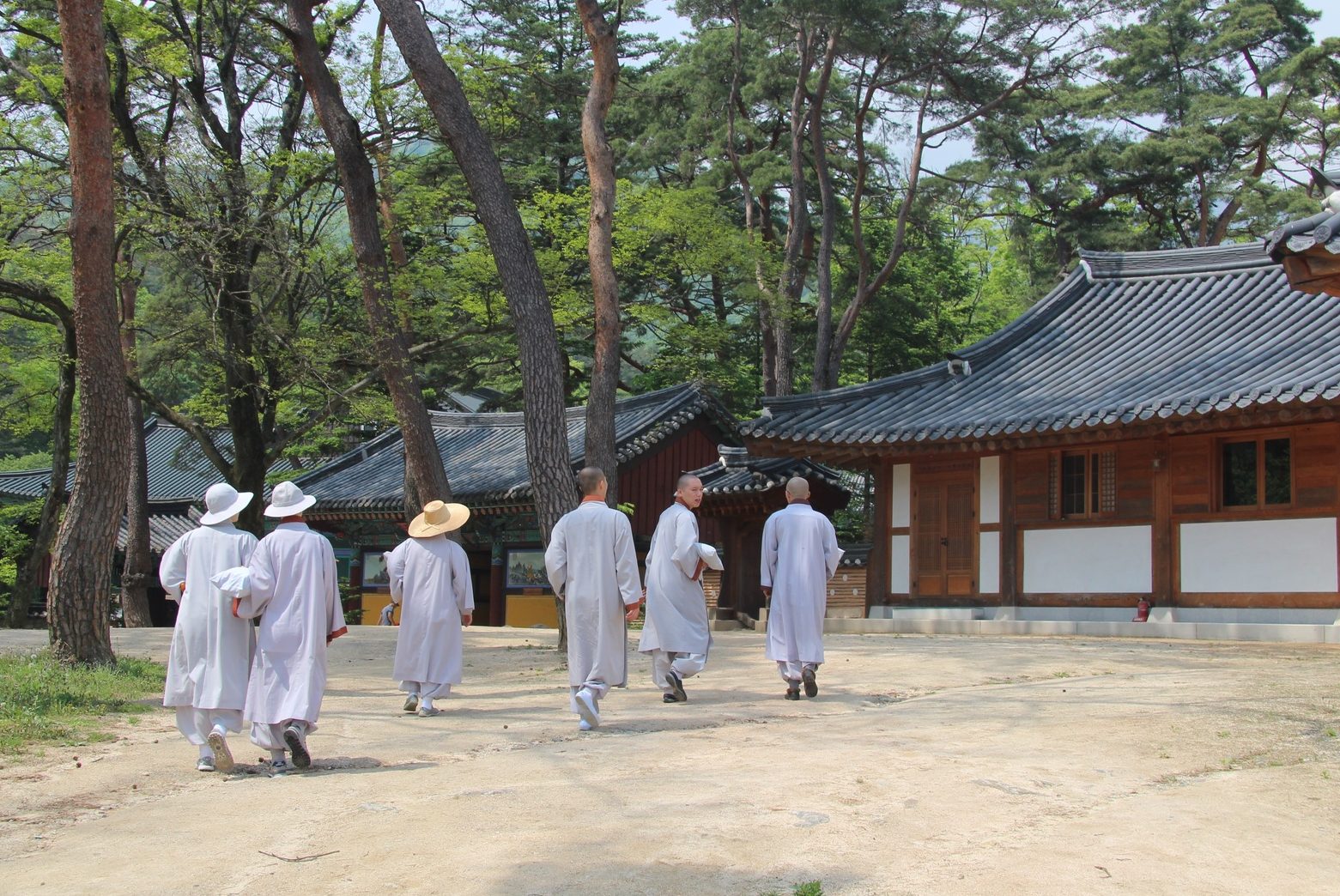South Korea’s Temple Stays Business Poised for Wellness-Inspired Boom

Skift Take
The continuing return to travel normalcy is generating all kinds of new ideas for ways to satisfy clients. One popular activity in South Korea, temple stays, is proving to be an organic solution to sustainable, post-pandemic tourism.
As travelers worldwide have placed a greater emphasis on their mental health during the pandemic, destinations appealing to those prospective visitors are poised for a major tourist surge.
South Korea's temple stay program, in which both its citizens and foreign visitors can experience monastic life across 25 temples, is one of the country's most heavily marketed and popular tourism products. Temple stays, which typically last two days but can run longer, are continuing to grow in popularity, with the country's
